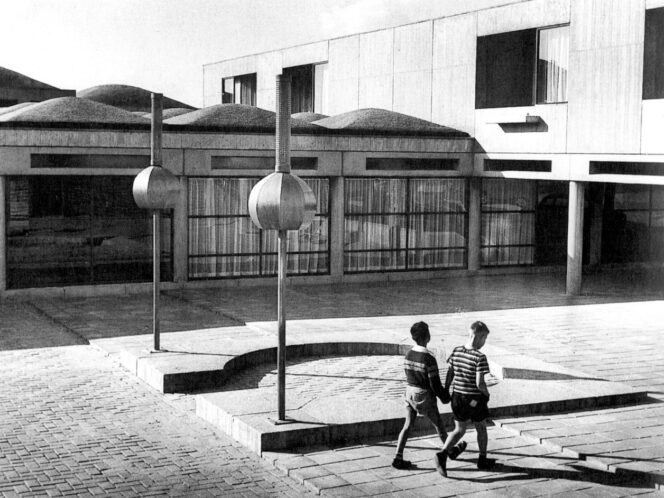
“What do I expect of you, sir? Perhaps I should rather tell you what I don’t,” the headmaster said to the architect. “I don’t want a large, oppressive building, whose size and form would make children feel locked up and separated from the world. I wish for the exact opposite!”
The word orphan evokes sympathy. Orphanage and group home ring even sadder in our ears, as our imagination conjures visions of a big gloomy house with long, dark corridors and dull, institutionalized discipline. However, there are some exceptions. In mid-twentieth century Amsterdam, two visionaries—progressive educational psychologist Frans van Meurs and unconventional architect Aldo van Eyck—created a home for children that was revolutionary in its difference from the orphanages that came before it. Both gentlemen believed that nobody deserved a carefree and happy life as much as children did, and they decided it was necessary to do everything in their might to create such an environment.
The wisdom and principles embedded in the building’s structure forever secured its place in the chronicles of world architecture, but also made it clear that design for children requires us grown-ups to approach the whole process differently. But let’s start from the beginning.
From a Playground . . .
In Dutch culture, children appeared as an artistic motif as early as in the sixteenth century. Great painters portrayed their games and pastimes, but also








